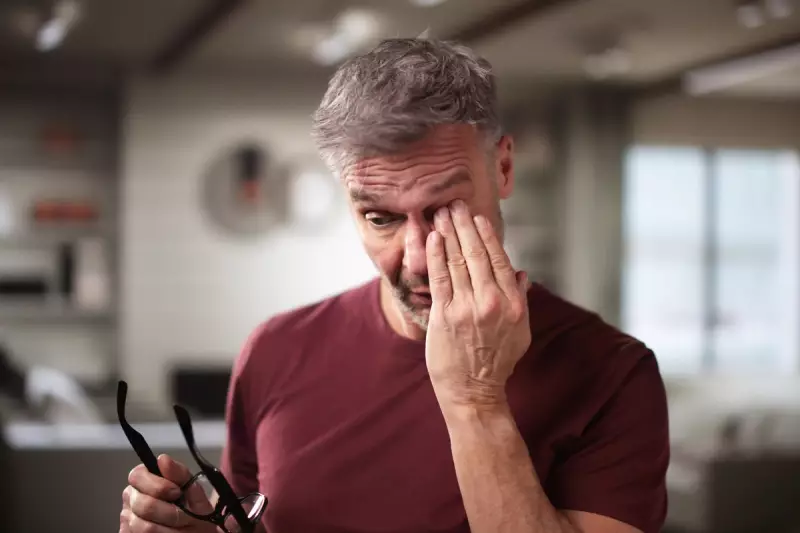
Getting something stuck in your eye is more than just uncomfortable - it can be downright dangerous. But what's the best way to remove that irritating particle without causing further damage? Groundbreaking medical research has finally provided the definitive answer.
The Critical First Step Most People Miss
Before you even think about touching your eye, medical experts emphasise one crucial step: thorough hand washing. This simple precaution can prevent introducing bacteria into an already vulnerable eye, potentially avoiding serious infections that could compromise your vision.
The Winning Technique Revealed
According to recent studies published in authoritative medical journals, the most effective method involves:
- Using saline solution or clean, lukewarm water
- Gently irrigating the eye from the inner corner outward
- Avoiding any direct contact with the eyeball
- Seeking immediate medical attention if the object doesn't wash out easily
"Many people instinctively rub their eyes or try to remove particles with cotton swabs or tweezers," explains Dr Sarah Jenkins, a leading ophthalmologist. "These approaches can actually embed the object deeper or cause corneal abrasions."
When Home Treatment Isn't Enough
Certain situations require immediate professional medical care. Warning signs include:
- Chemical exposures
- Objects that remain lodged after irrigation
- Significant pain or vision changes
- Metal or glass particles
- Objects that penetrated the eyeball
In these cases, covering the eye with a clean protective shield and heading to A&E could save your sight.
Prevention Beats Cure
Medical professionals strongly recommend wearing protective eyewear during activities like woodworking, gardening, or sports where eye injuries are common. Simple precautions can prevent most eye emergencies before they happen.
This vital information could transform how we handle one of the most common household medical emergencies, potentially preventing thousands of serious eye injuries each year.





